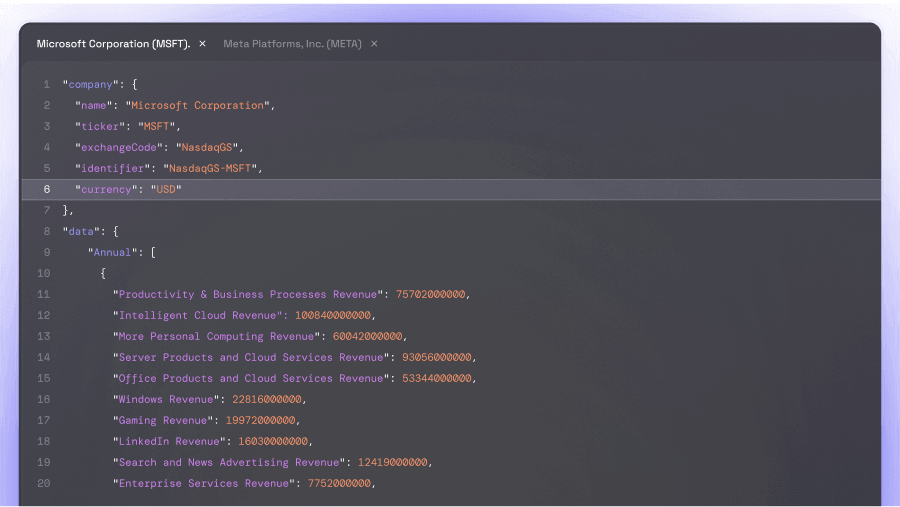What is the Frax Protocol (FRAX)?
The Frax Protocol represents the first fractional-algorithmic stablecoin system. Frax is an open-source, permissionless, and fully on-chain platform—currently implemented on Ethereum, with potential for future cross-chain applications. The primary objective of the Frax protocol is to offer a highly scalable, decentralized, algorithmic currency, in contrast to fixed-supply digital assets like BTC. The protocol embodies the following principles: Fractional-Algorithmic: Frax distinguishes itself as a stablecoin with portions of its supply backed by collateral and portions determined algorithmically. The collateralized versus algorithmic ratio is influenced by the market pricing of the FRAX stablecoin. If FRAX trades above $1, the protocol reduces the collateral ratio. Conversely, if FRAX trades below $1, the protocol increases the collateral ratio. Decentralized & Governance-Minimized: Governed by the community, Frax prioritizes an autonomous, algorithmic operation without active management. Fully On-Chain Oracles: Frax v1 employs Uniswap (ETH, USDT, USDC time-weighted average prices) and Chainlink (USD price) oracles. Two Tokens: FRAX, the stablecoin, is designed to maintain a value close to $1 per coin. Frax Shares (FXS) serve as the governance token, accumulating fees, seigniorage revenue, and excess collateral value. Prior to Frax, stablecoins were categorized into fiat-collateralized, over-collateralized with cryptocurrency, and algorithmic with no collateral. Frax introduces a novel category by being the first decentralized stablecoin to define itself as fractional algorithmic, thereby establishing the fourth and most distinctive category. For more details and data, visit Eulerpool.














